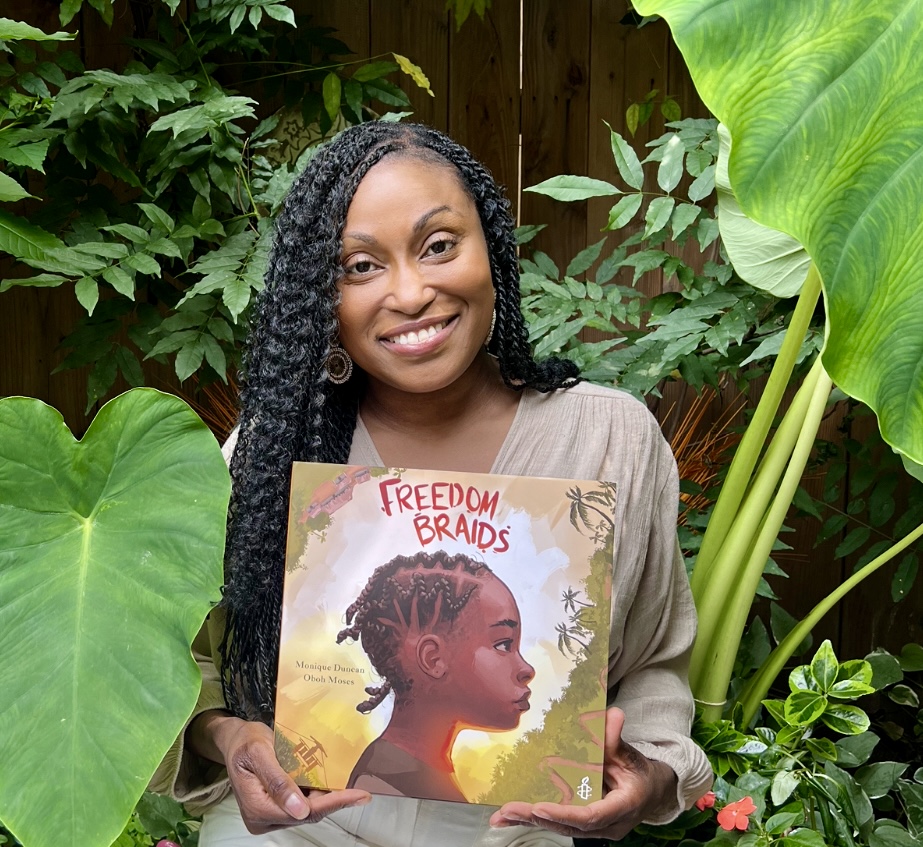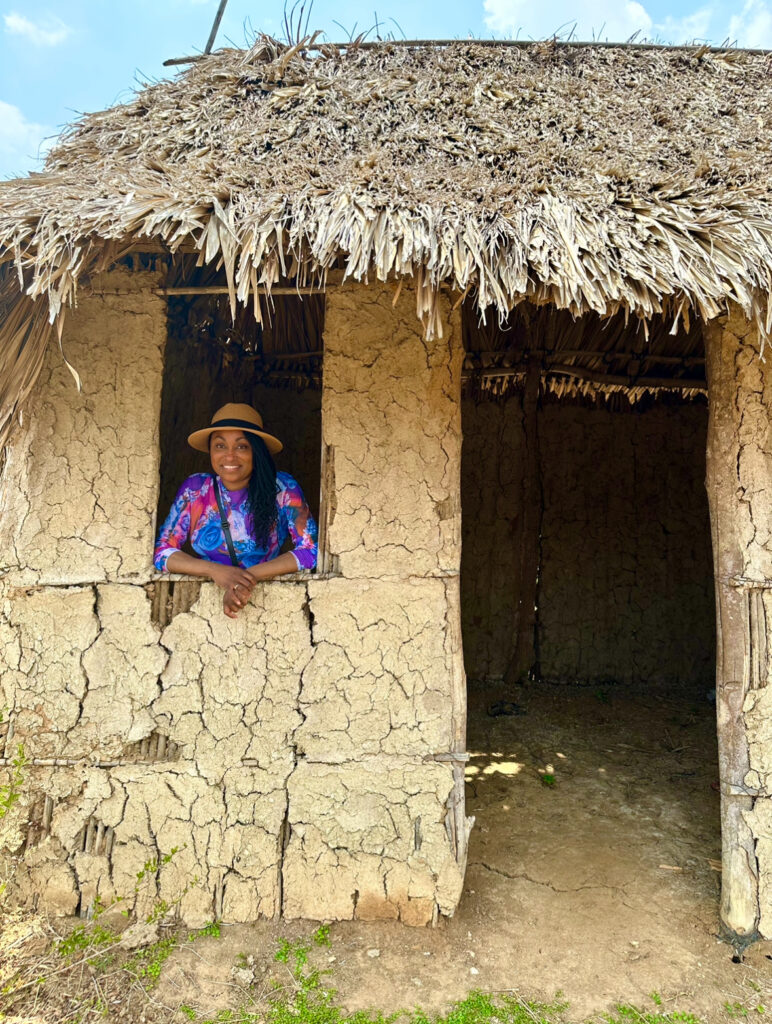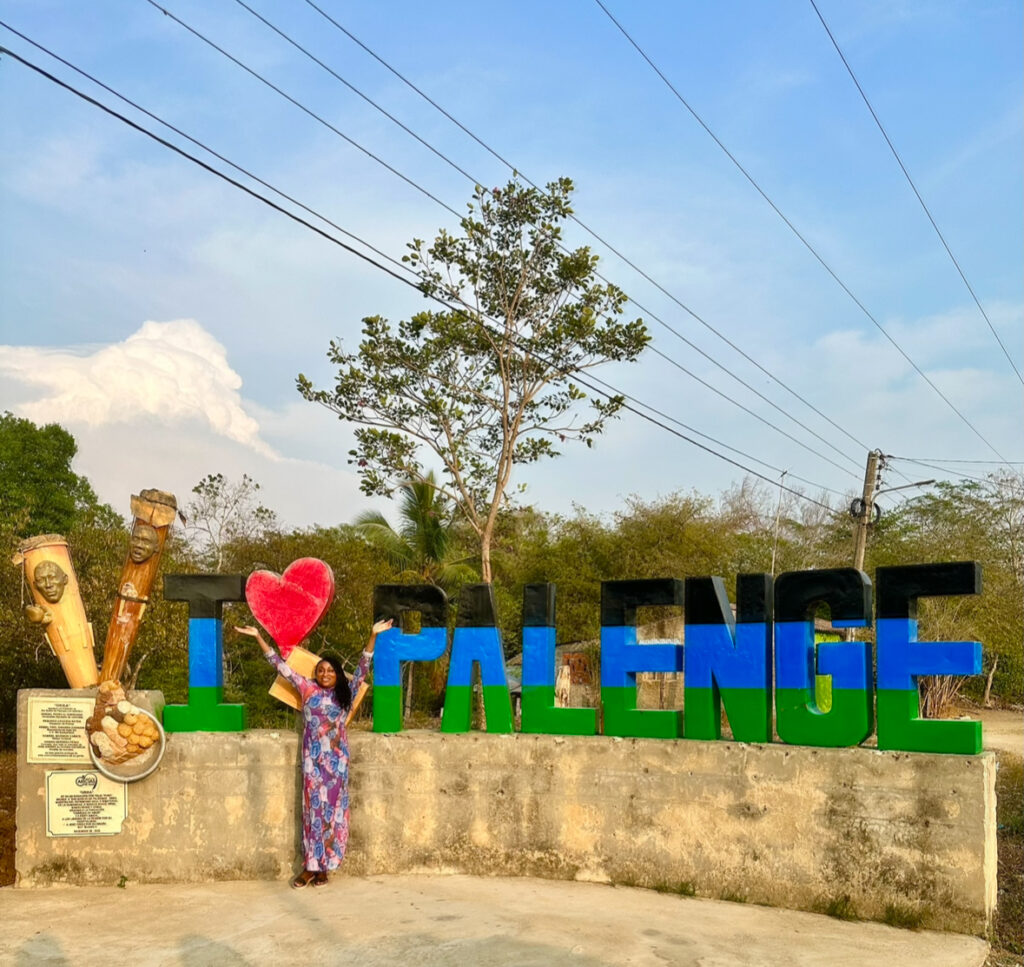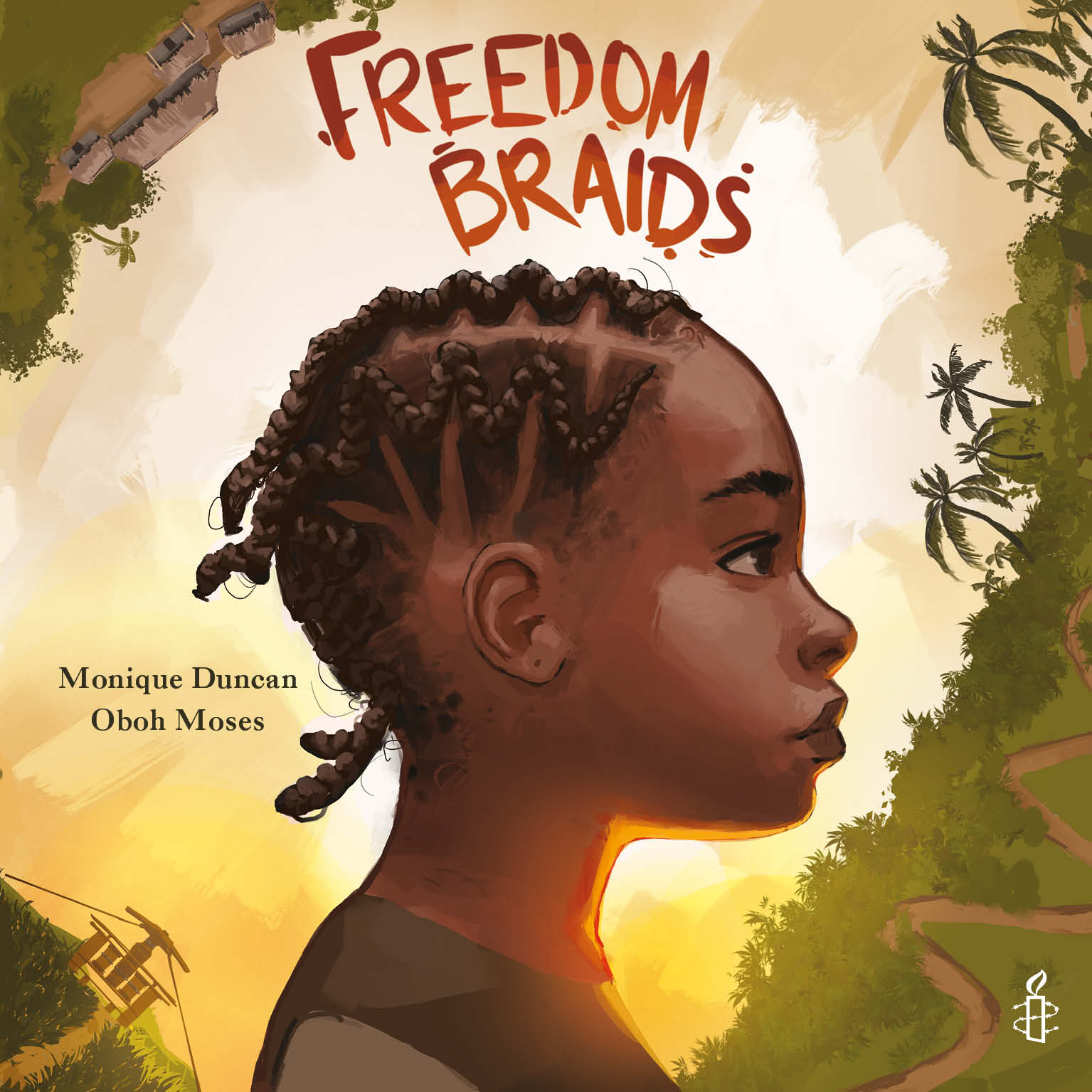We were fortunate enough to get the chance to read Monique Duncan’s new picture book ‘Freedom Braids’ a couple of months before its release and instantly thought that it was absolutely spectacular! Therefore, when the opportunity to speak with Monique presented itself we jumped at the chance.
This is Monique’s third children’s book and is one that has so much to offer for the primary classroom.
What’s it about?: Day after day, Nemy is forced to sow seeds in the sugarcane plantation, until one night, she follows a woman called Big Mother to a hidden shack. There, she finds a group of women braiding each other’s hair. But these are no ordinary braids. Hidden in each elaborate pattern is a secret – a message that signals their intent to flee and a map to guide them in their escape. Will the paths these courageous women weave guide Nemy to a new home where she can be free?
1. When did you first come up with the idea for Freedom Braids?
In 2016, I took a historical deep dive into traditional African hair braiding. I was working on my previous picture book, When Mama Braids My Hair, and I wanted to learn about the origins of specific styles as well as the significance of them in different cultures across the African continent. During my research, I was astounded to learn that traditional African hairstyles served as “maps” that helped to free enslaved people in Colombia. This extraordinary history became the inspiration for my book, Freedom Braids.

2. When did you start your journey as a writer and was it always your aim to write children’s stories?
I’ve always had a vivid imagination and growing up, I enjoyed writing and creating stories. During my primary school years, I quickly learned that words have power. Once you speak them into existence, you can’t take them back. Writing allowed me to plan, polish and carefully craft my words before I shared them with the world. As I got older, I loved to read magazines and I majored in journalism in college. But it wasn’t until I started teaching that my passion for writing found its deepest purpose.
About 20 years ago, I was a founding teacher of an elementary school in the Bronx borough of New York City. I taught during the day and was a freelance writer after hours. Another passion emerged, as I enjoyed teaching and connecting with children. As time went on, I wasn’t satisfied with the selection of books that my students were offered. Most of my students were of African, Caribbean, or Latin descent and I wanted them to have more options and broader access to stories that reflected images and experiences with which they could identify. I wanted to help cultivate their understanding of themselves, their communities and the world around them. There was and continues to be a huge disparity in the number of published children’s books that are about and by people of color. So I started to write stories for my students. In 2021, I decided to go back to school to hone my skills and get my MFA in Writing for Children.
3. How did you go about researching Freedom Braids to make sure that it was as historically accurate as possible?
I consulted with researchers, scholars, authors and residents of the Palenquero community. I had the privilege of visiting San Basilio de Palenque, the first free town in the Americas. Recognized as a UNESCO World Heritage Site in 2005, this small village was founded by African men and women who escaped slavery in the 17th century. I interviewed and listened to the direct descendants of the people who used traditional African hairstyles as “maps”. While I was there, I was able to get two books about the importance of these hairstyles that were written by members of the Palenquero diaspora, Ereilis Navarro Cáceras and Angélica Rebolledo Pájaro. One of the authors (Angélica) facilitated my tour of Palenque. Throughout the book making process I consulted with Angélica, along with Adriana Cassiani, an Afro- Colombian designer who is a direct descendant of the founders of Palenque. Adriana created The Asali project–a collection of photographs that showcase the traditional braided patterns that were used as secret codes and routes. Adriana donated the photographs to Casa Museo Comunitaria Simankongo in San Basilio de Palenque, Colombia. Additionally, I read articles and watched videos about Palenque for my research.

4. Which other children’s authors do you particularly enjoy reading?
I enjoy reading books by Lesa Cline-Ransome, Cozbi A. Cabrera, and Jacqueline Woodson, just to name a few. I often have a sensory experience when reading their work. At times, feelings of nostalgia and vivid memories of my childhood emerge. I view their work as mentor texts and study the way that they use specific devices to help develop my own writing. I aim to evoke powerful imagery, use repetition effectively and strike a balance of using metaphors or similes to add more color to my writing.
5. How did teaming up with Lantana come about?
Over the years, I have loved the books that Lantana has put out into the world. Lantana is an intentional and conscious publisher, who champions inclusive books and the authors who write them. I submitted Freedom Braids in 2022 and heard back from them about a year later.
6. Are Oboh Moses’s illustrations what you imagined them to be when you were creating the story?
Oboh Moses’ amazing illustrations exceeded my expectations and breathed new life into my words. He captured the people, the land, and the spirit of community so well. His work is brilliant!

7. Who do you think should read Freedom Braids?
Today, young children throughout the African Diaspora can relate to getting their hair braided. In this story they learn that their hairstyles are a large part of their history and that they were tools for liberation. I wrote Freedom Braids to educate, affirm and inspire Black children. While the genre is for ages 5 and up, the overall topic and historical content make it suitable for older children as well. (With rich language, vivid imagery and thought-provoking themes, picture books can be a lovely way to reflect on events in history with older children, ages 10 and up.)
Overall, the stories of Black people and our experiences need to be widely reflected, honored, and celebrated within children’s books. I also aim to honor the legacy of a rich culture and share a story that helps us all connect to the truth of our shared humanity. We should all read Freedom Braids!

Want to know even more?

(Release date 3rd October 2024)
Book Themes: hair (braiding, learning about different styles of braiding and what each style is called and the meaning behind it), women (African), Colombia (slaves escaped into the hills and set up their own communities), liberation, freedom, slaves (slave trade, being made to work the land, escaping into the hills), stories (the braids tell stories and provide maps to freedom), black history
Suggested Age: 5+
Author: Monique Duncan
Illustrator: Oboh Moses
Publisher: Lantana
Freedom Braids has been published by Lantana. To find more of their wonderful books, head over to: